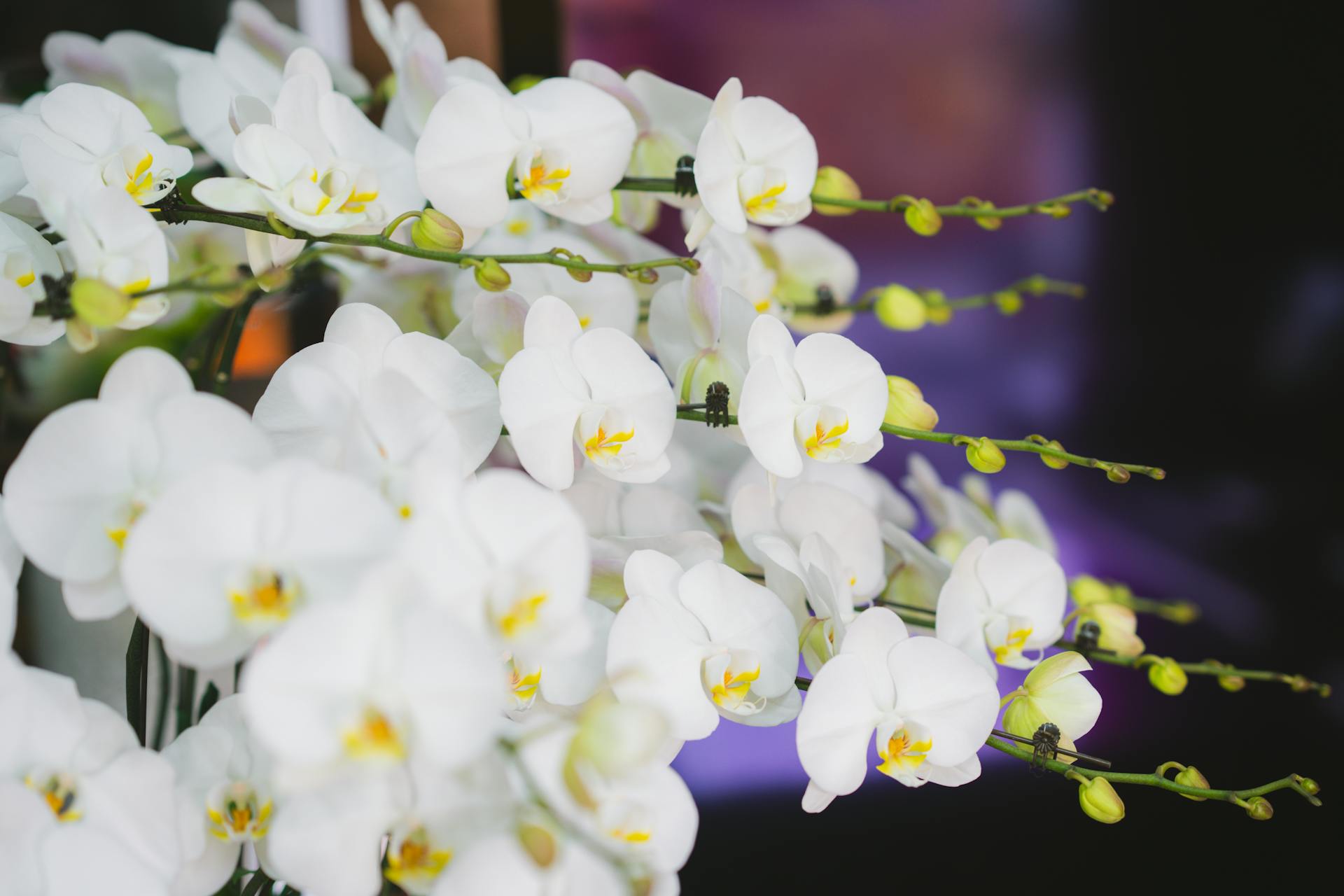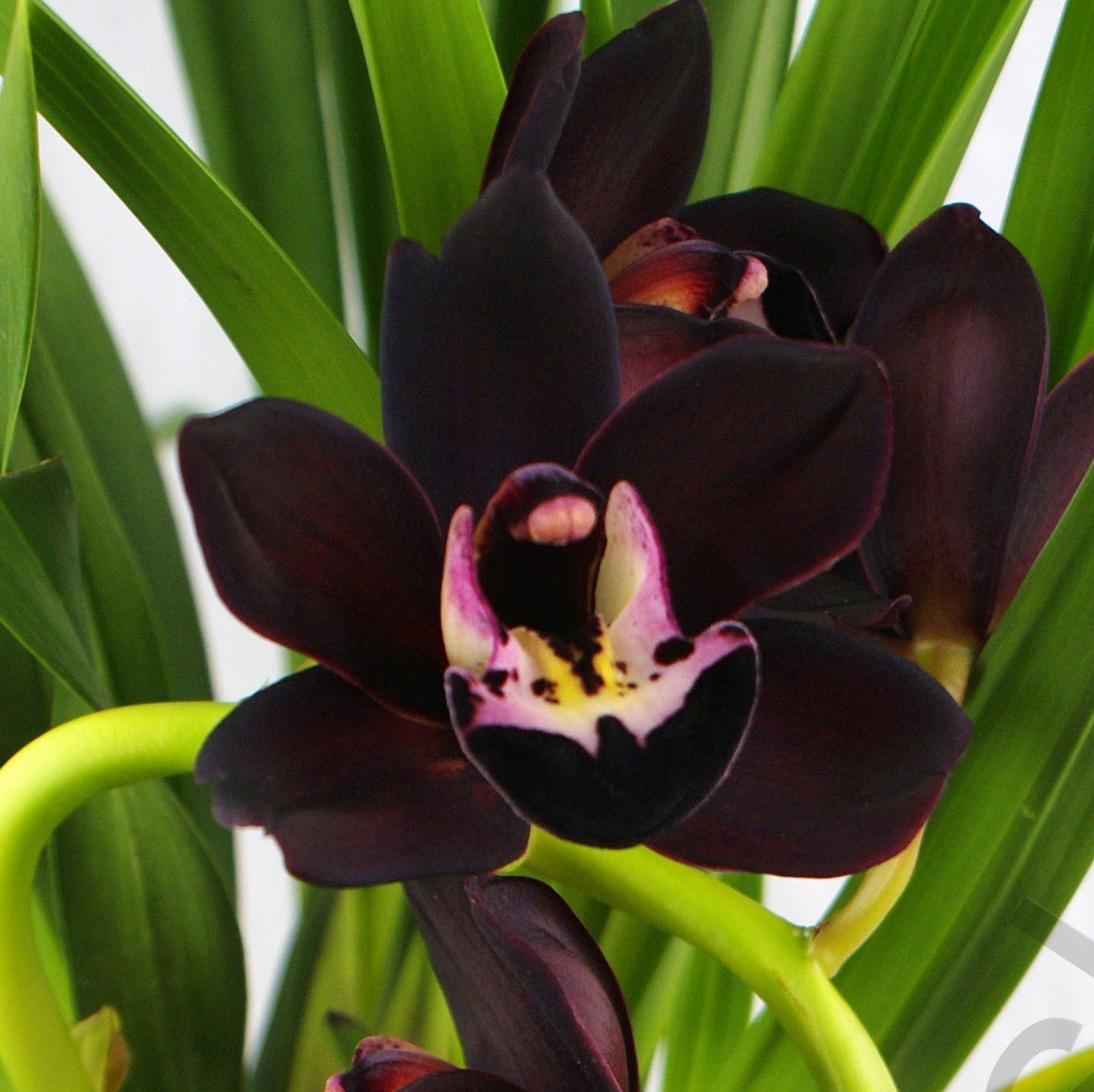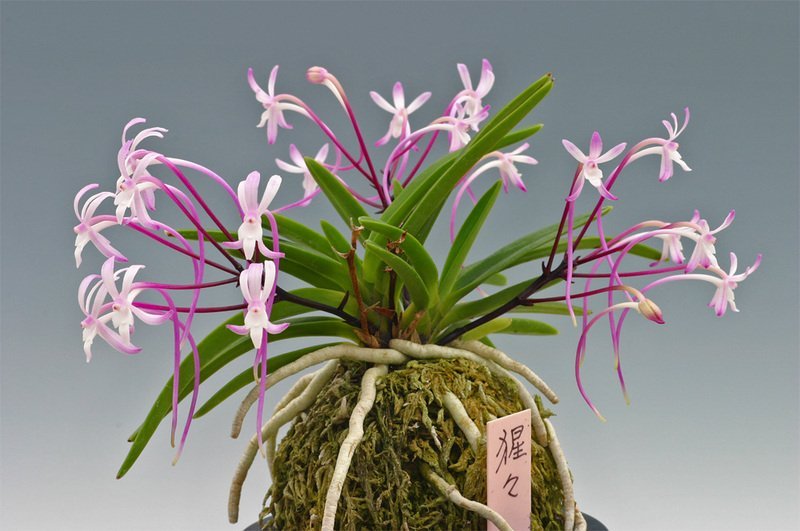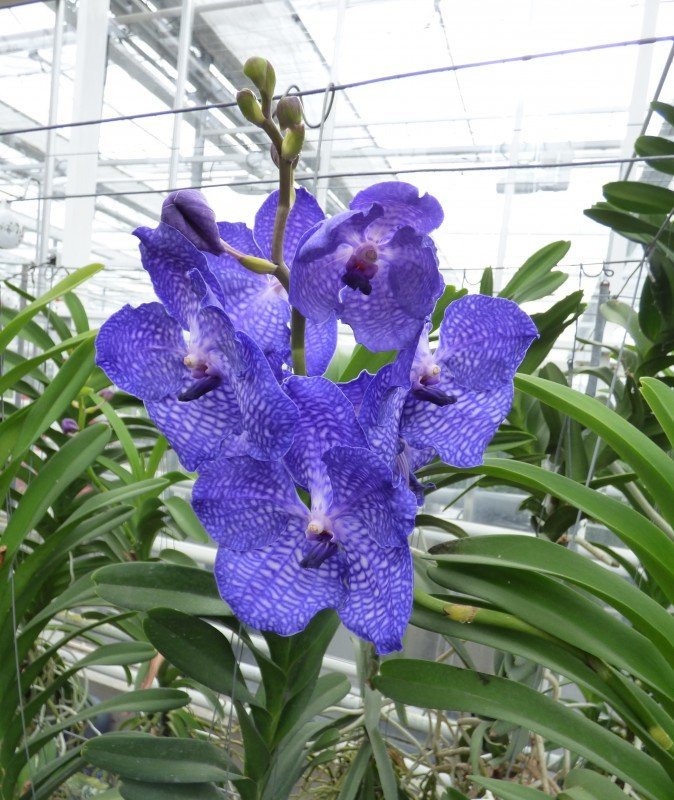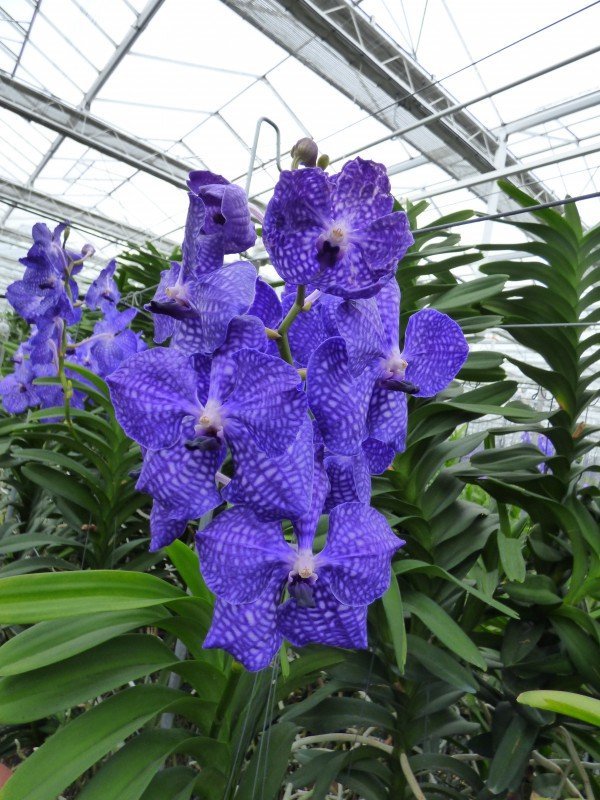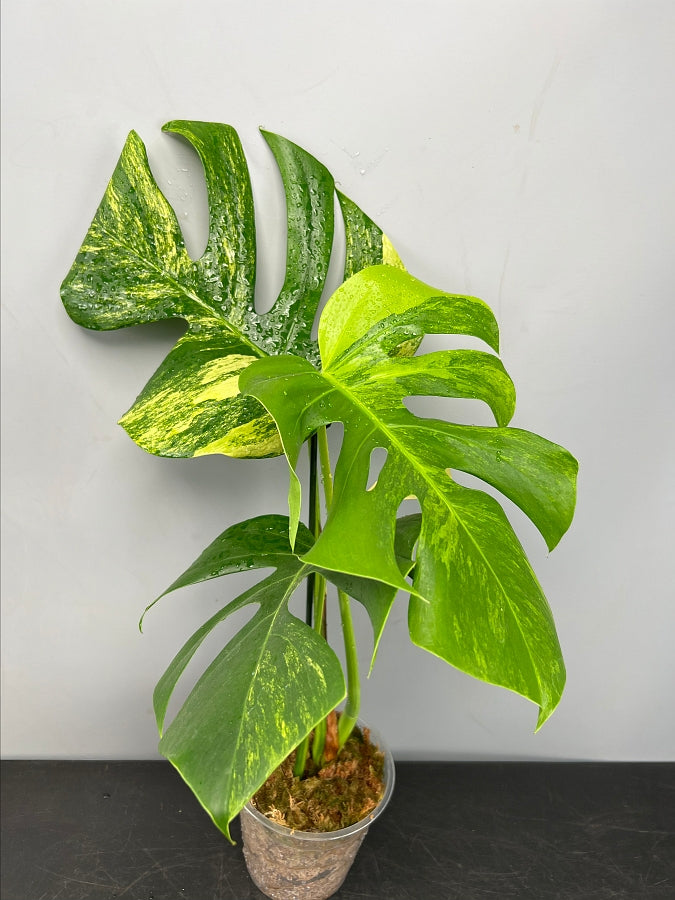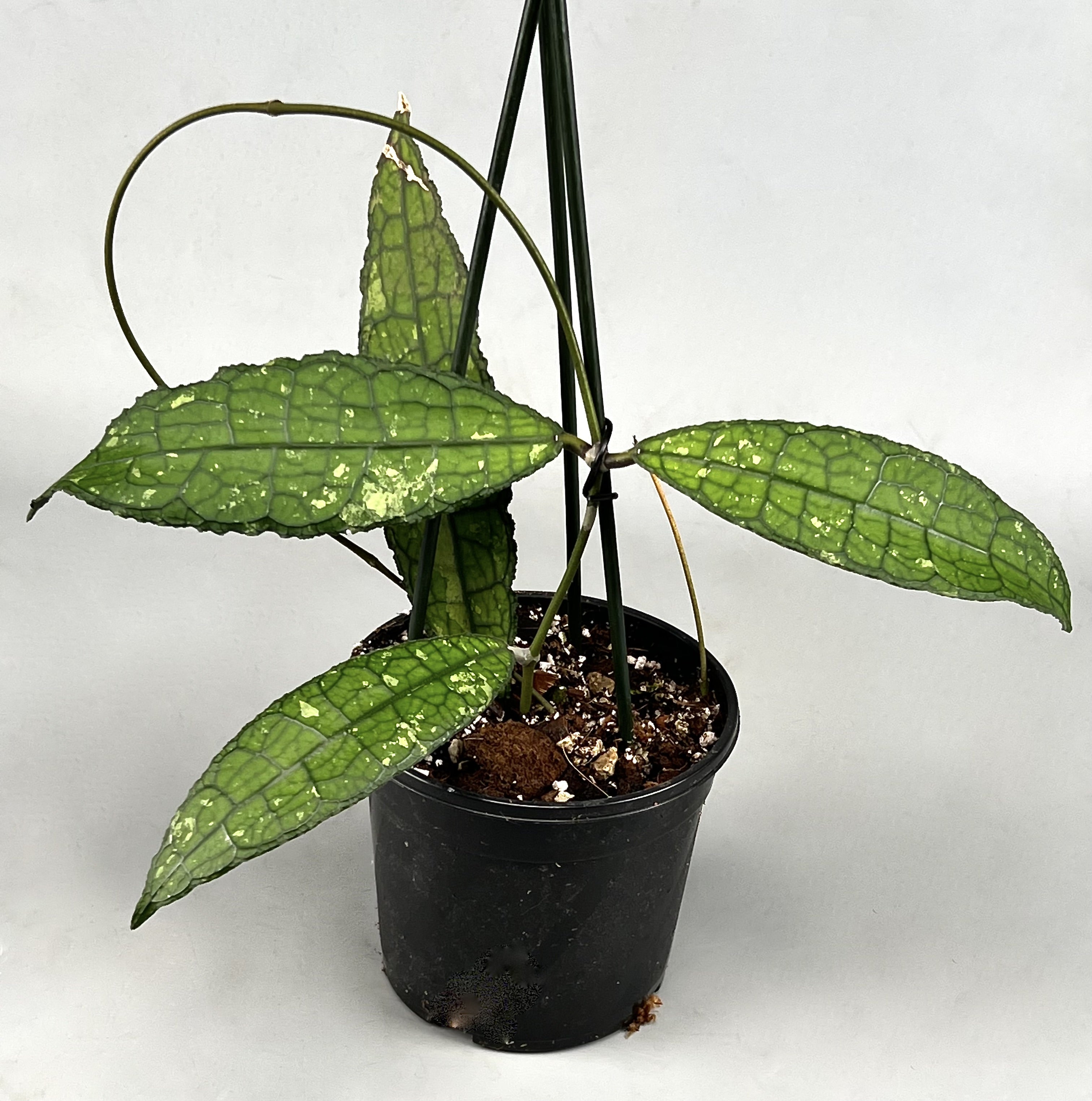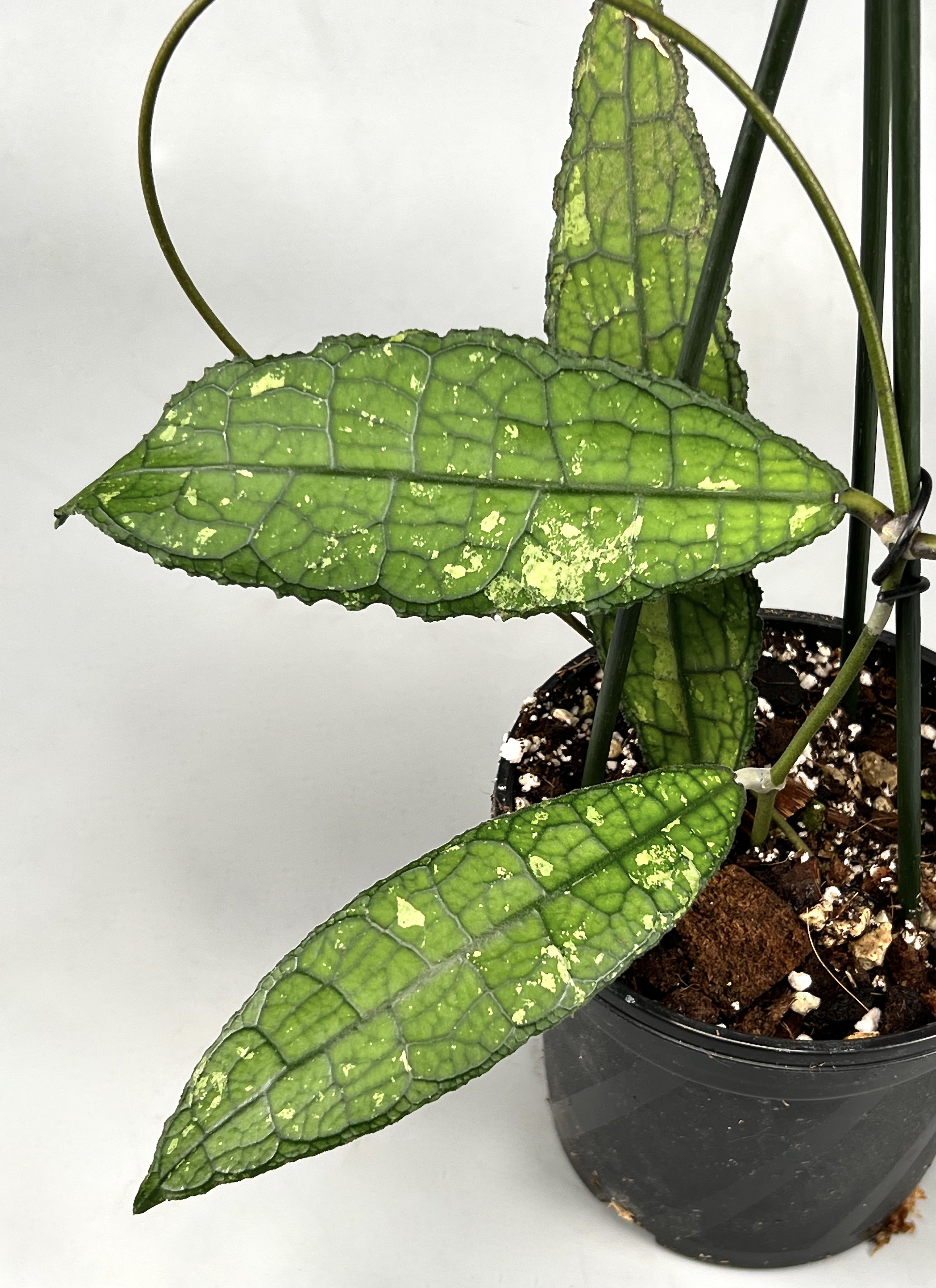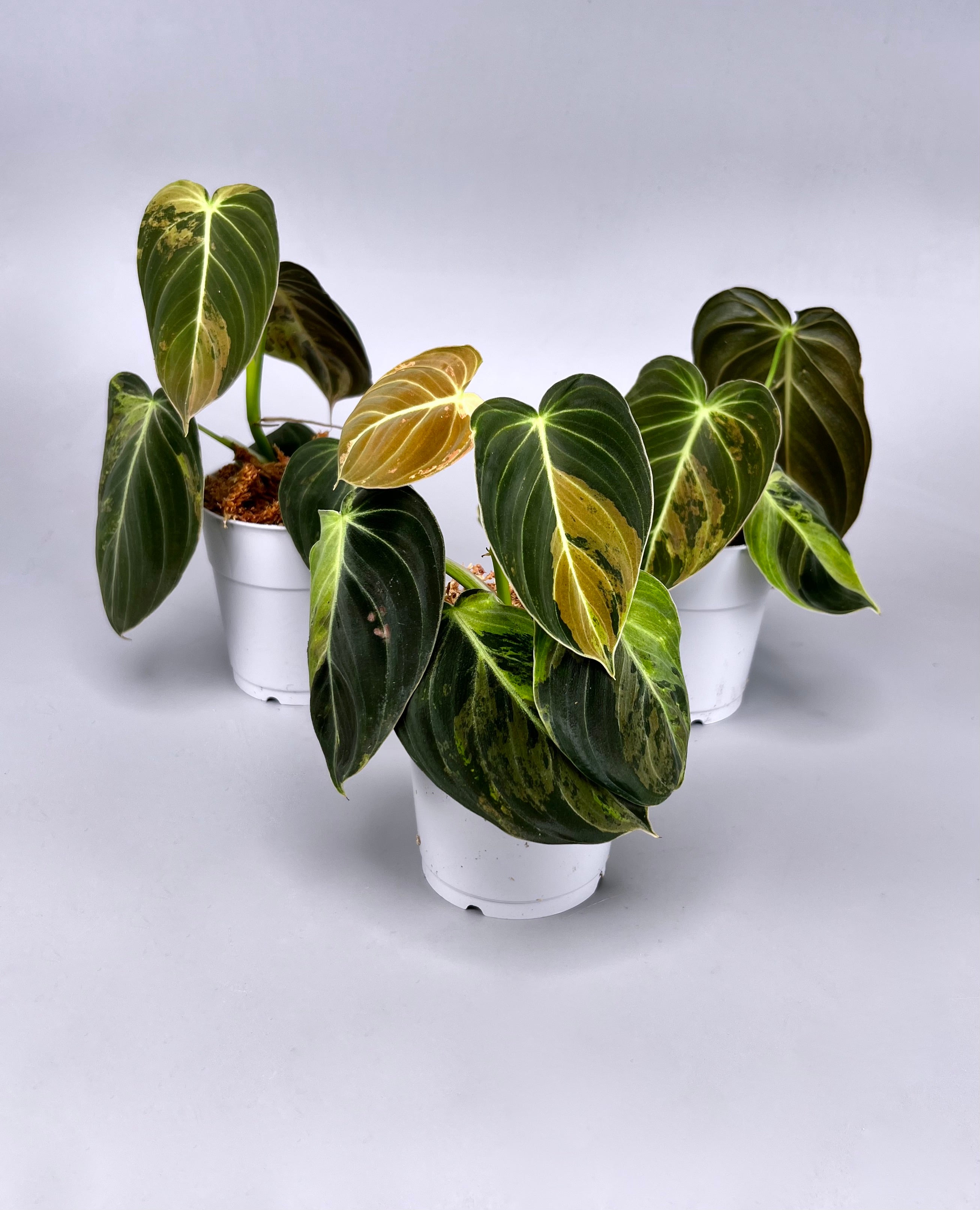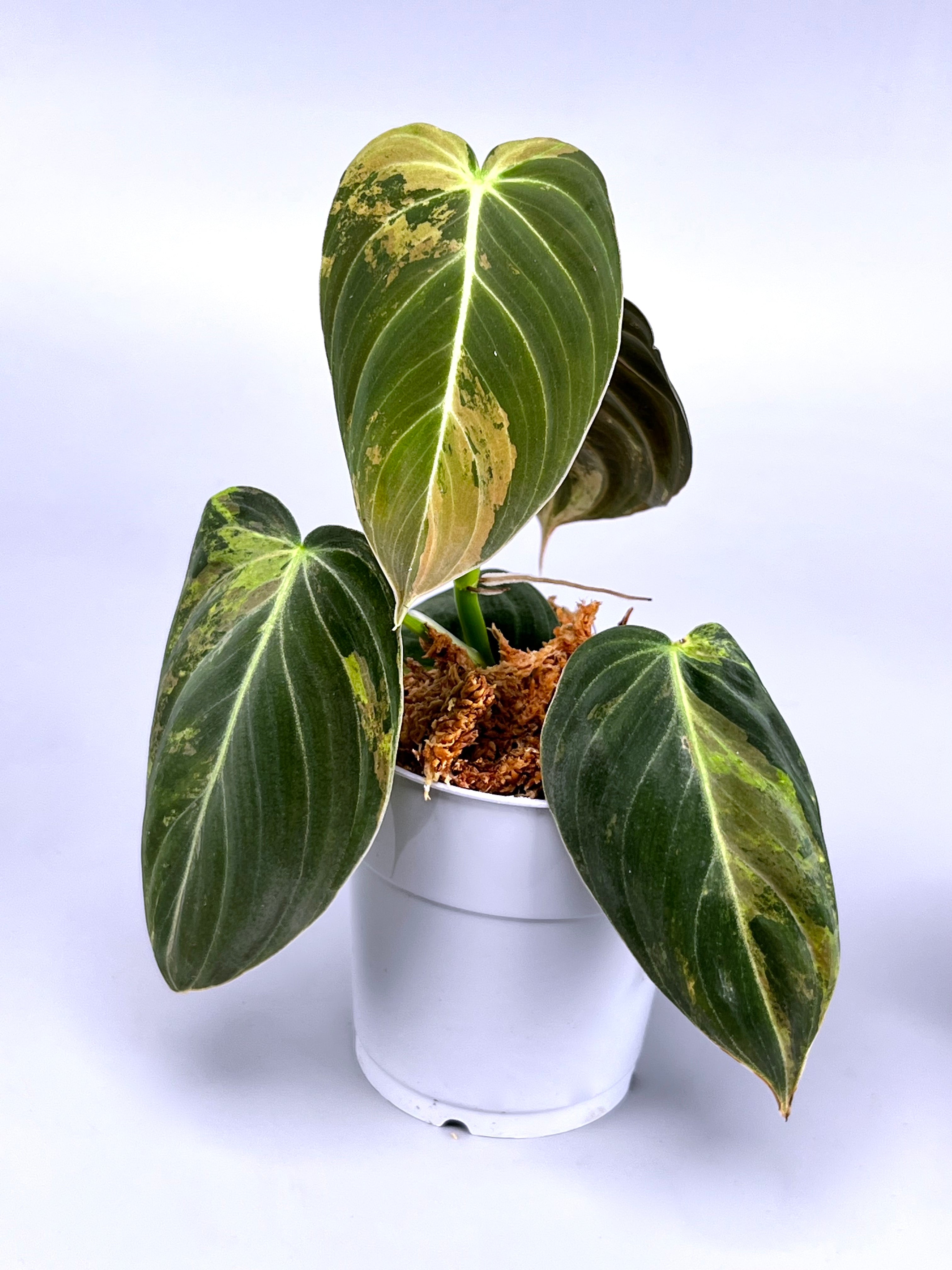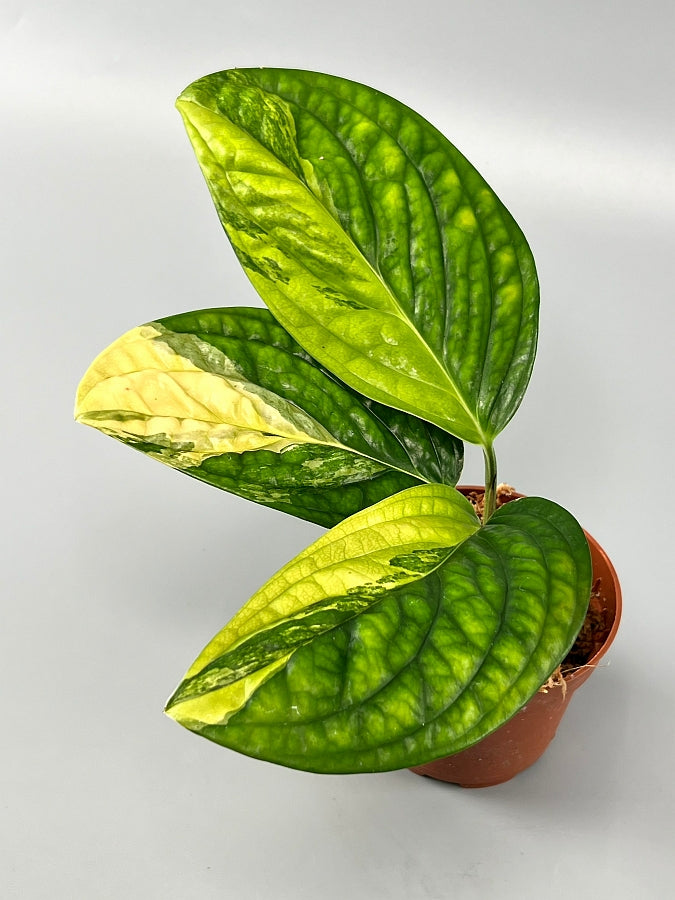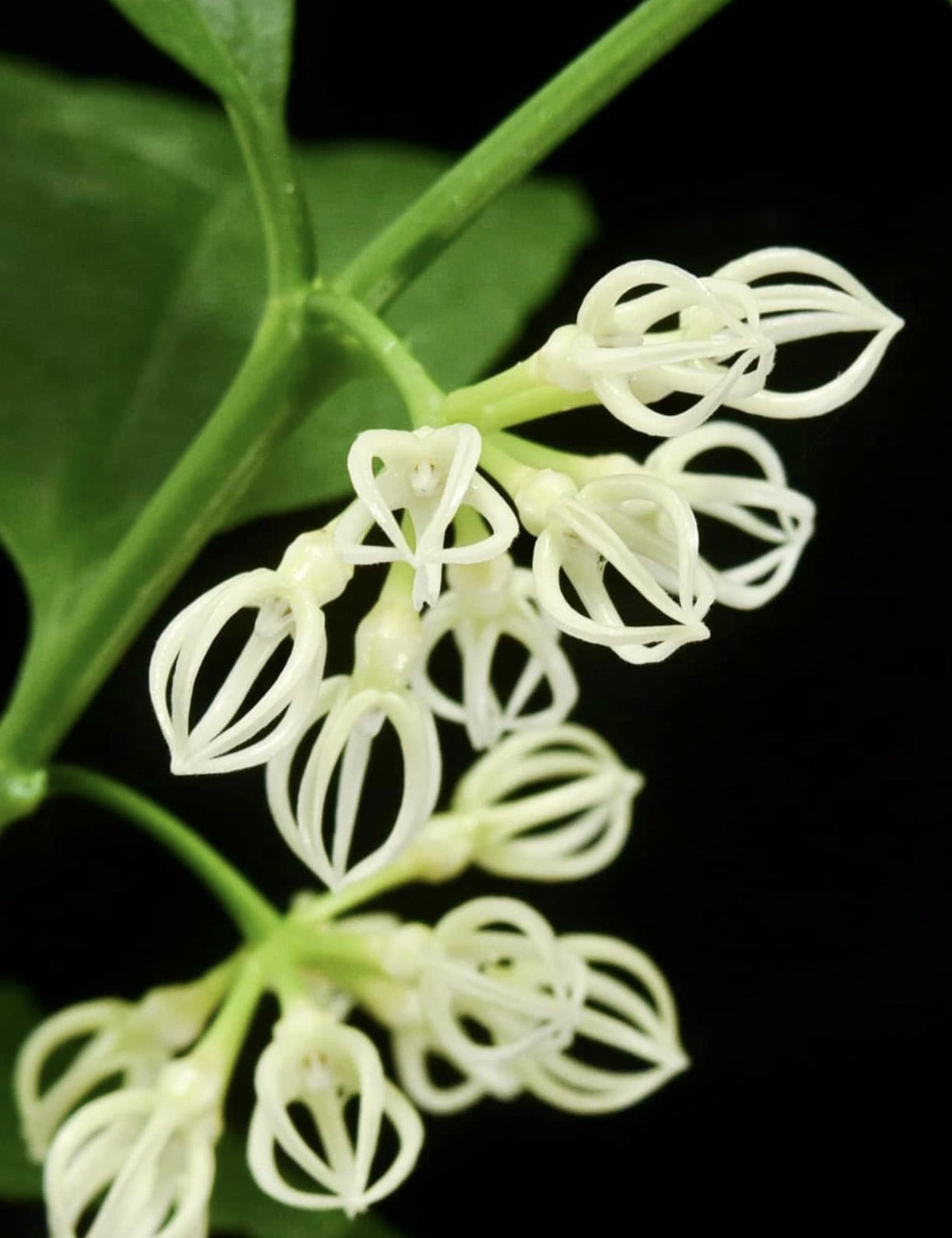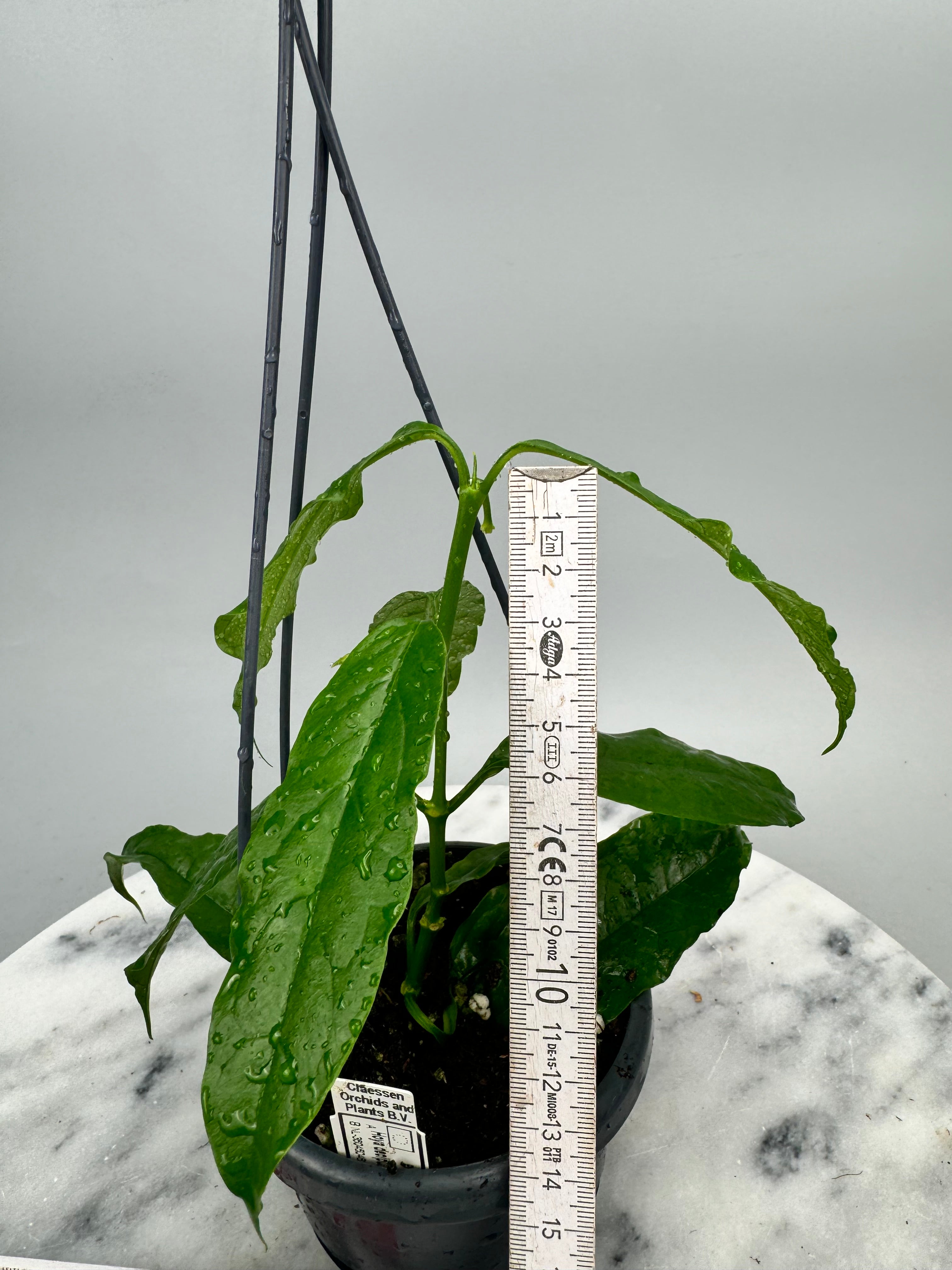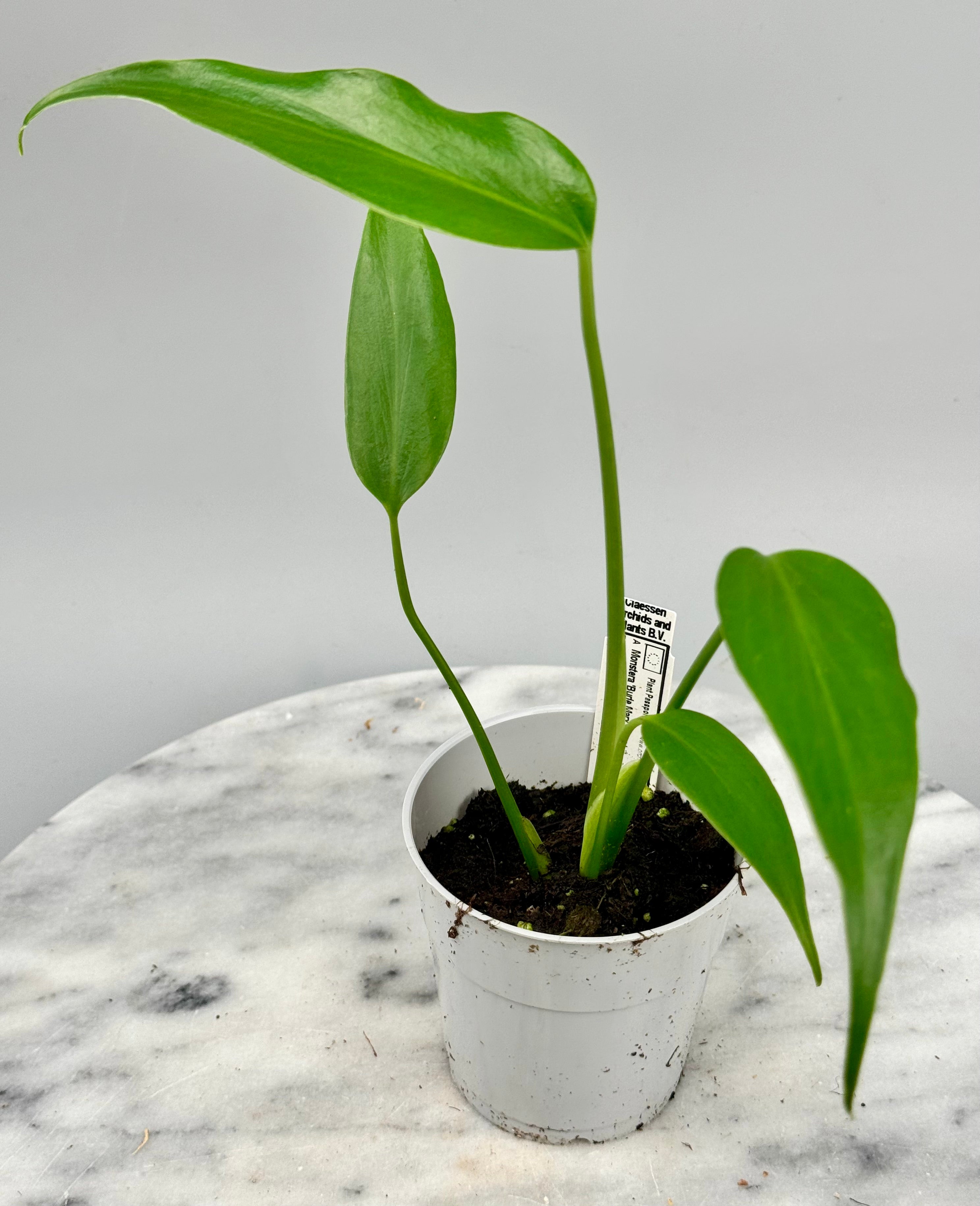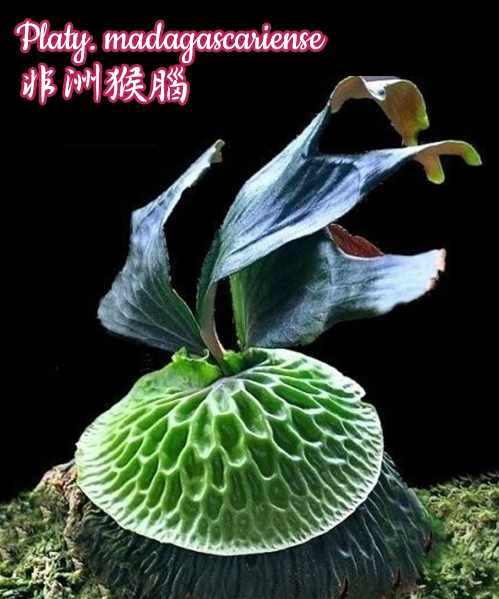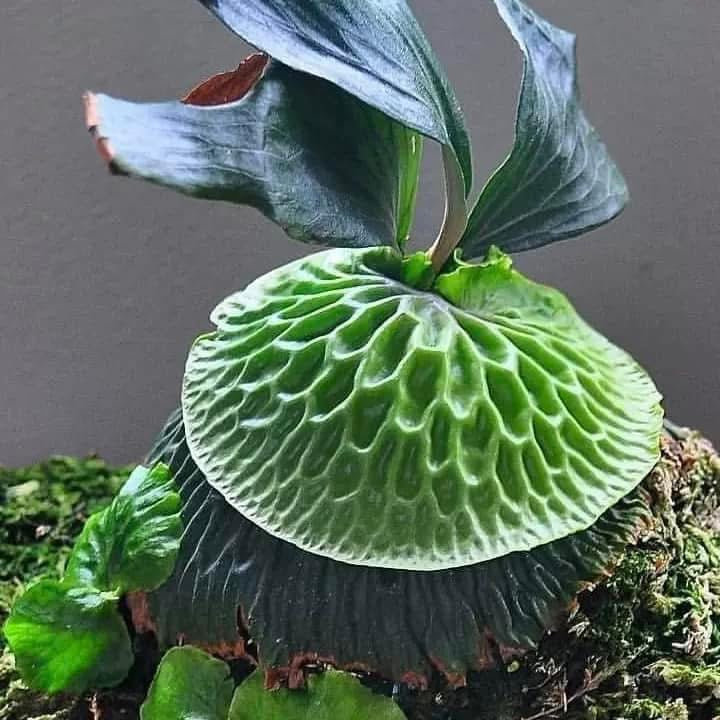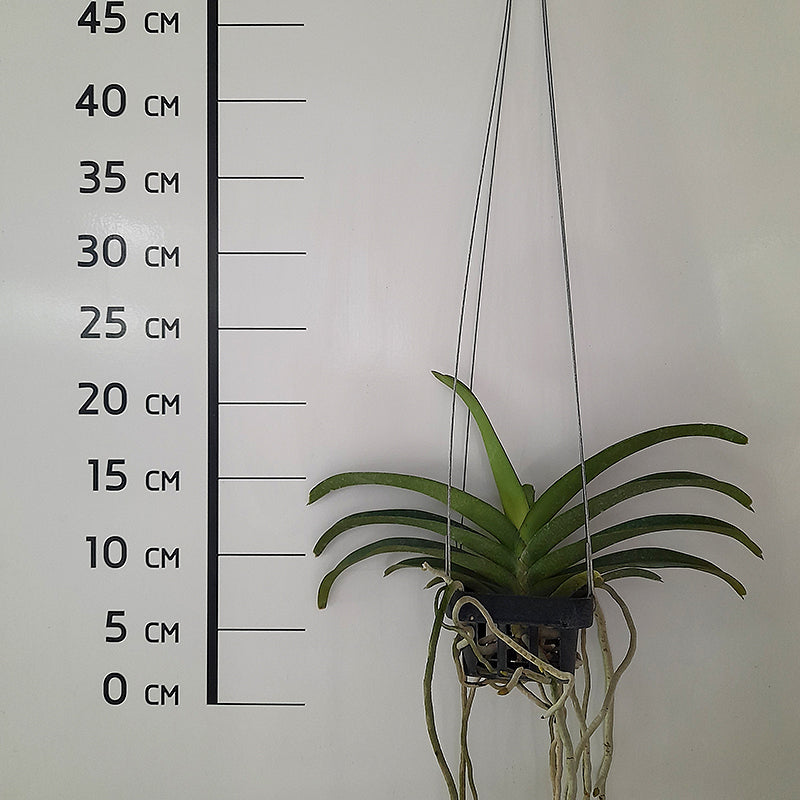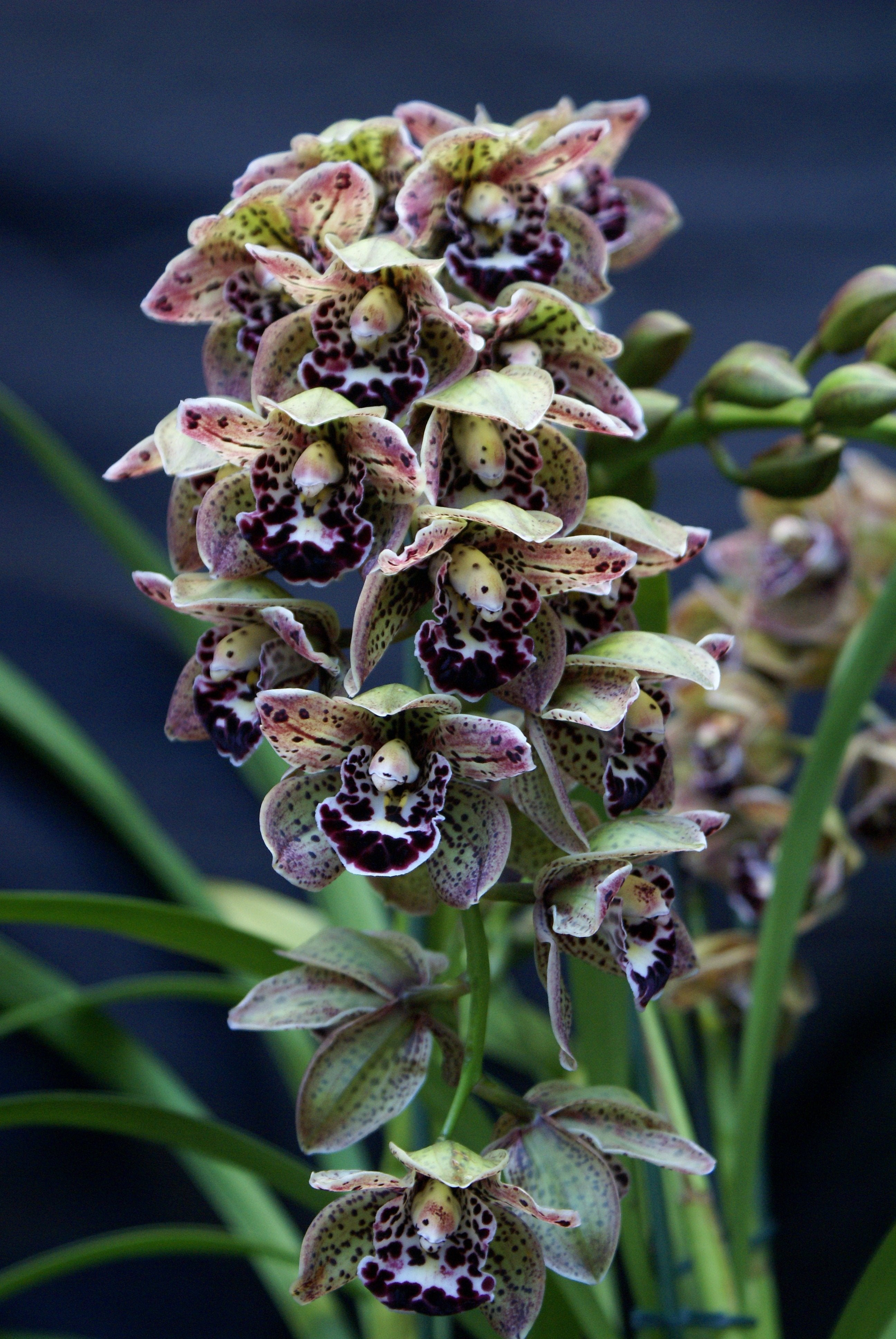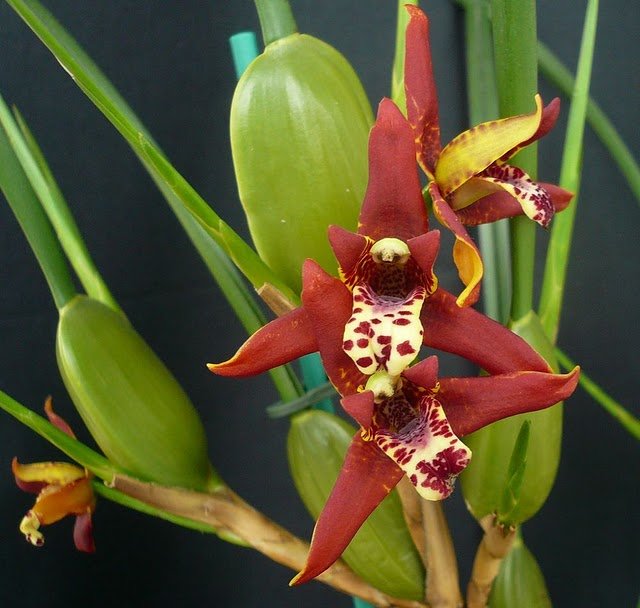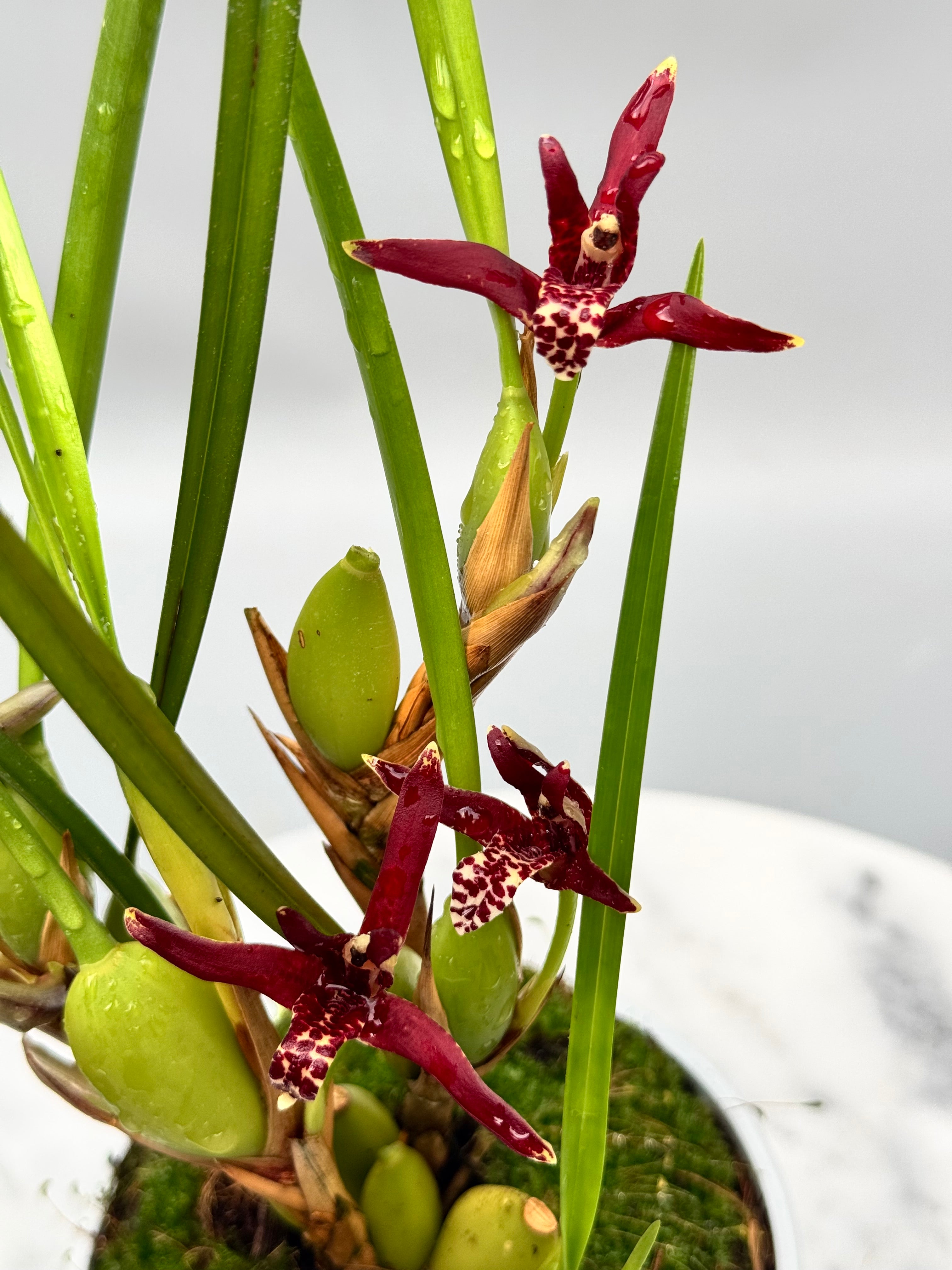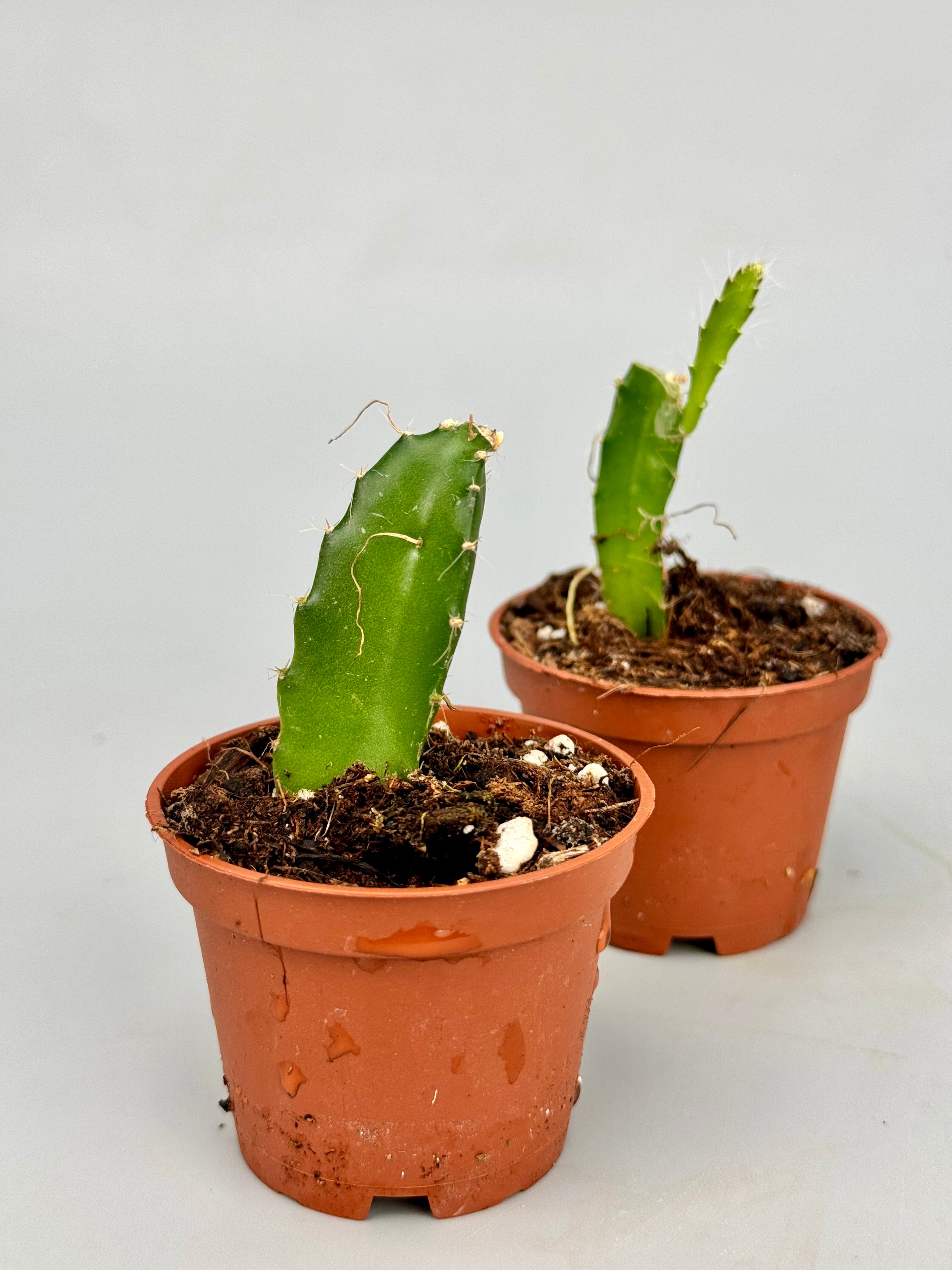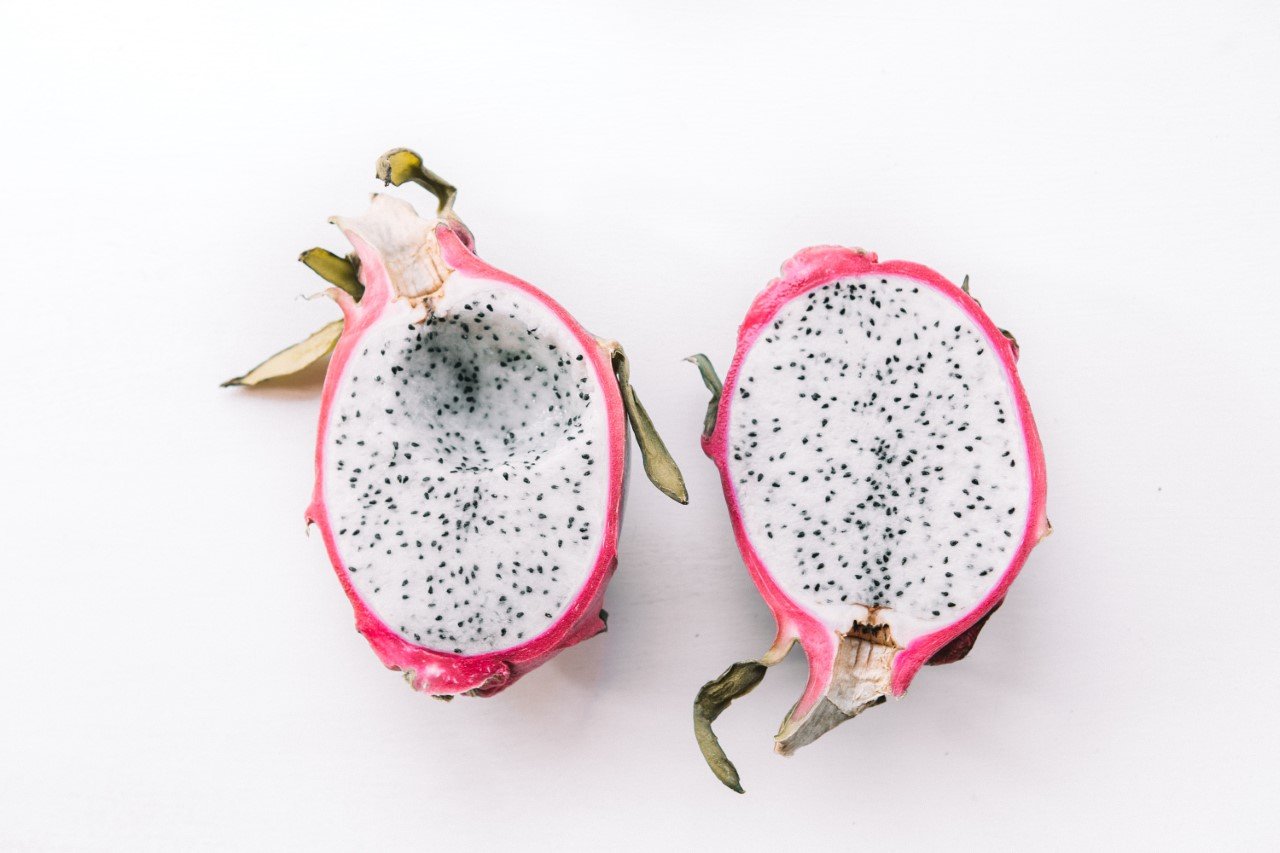Most people see the flowering of a plant as the ultimate moment. A colorful flower opens, scents spread, insects are attracted - everything seems to come together. But what precedes this blooming is perhaps even more impressive. Below the surface, often months or even years earlier, a complex and intense process takes place that remains largely hidden from the eye. In this blog, we dive deeper into that invisible preliminary work. What happens inside a plant before it blossoms? And why is the wait sometimes as special as the flower itself?
Preparation for flowering begins early
Even well before a flower bud is visible, the plant begins a long run-up. After all, flowering is an energetically precious event. To prepare for it, the plant stores sugars in the form of starch, builds a healthy root system and accumulates essential nutrients. This process is called resource accumulation, and it is similar to saving up energy for a marathon.
In epiphytic orchids, for example, like many Phalaenopsis-species, these reserves are stored in fleshy leaves and roots. Other species, such as Catasetum or Cymbidium, use their pseudobulbs - a kind of thickened stems that act as "batteries" - for this purpose.
The role of plant hormones
The real directors of flowering are plant hormones. These tiny signaling substances determine when a plant takes action, and they respond to both internal and external stimuli.
Florigen: This is the so-called flowering hormone, a protein-like signaling molecule produced in the leaves when day length and temperature are favorable. Through the phloem vessels, it travels to the meristem - the growth point - where it activates the genetic switch to flowering.
Gibberellins: These hormones stimulate cell elongation and, depending on the species, can speed up or delay flowering.
Cytokinins and auxins: Together, these hormones influence bud formation, branch division and growth direction, which is essential for the plant's architecture and thus indirectly for its flowering.
Internal signals: photoperiodic and vernalizing
The decision to flower is rarely based on a single signal. Plants integrate multiple internal and external signals into what could be called a biological "checklist. Two key examples:
Photoperiodic signal: Plants can distinguish between short- and long-day conditions. This allows them to recognize what season it is. A Paphiopedilum that blooms in autumn will not produce florigen if the days are still too long.
Vernalizing stimulus: Some plants, especially species from temperate climates, require a cold period (vernalization) to trigger flower induction. This prevents them from flowering too early in the season, when frost is still dangerous.
Why flowering is delayed - and that's not always a bad thing
Sometimes a plant blooms "suddenly" after years, as if it suddenly decides to. In reality, it is never spontaneous. A plant that does not bloom is not lazy - it is cautious. If its stored reserves are not sufficient, or if environmental conditions are not optimal, it delays flowering. This is evolutionarily advantageous: flowering at the wrong time means wasted energy and possibly unsuccessful reproduction.
In orchids such as Bulbophyllum or Dendrobium you see that plants sometimes bloom only after they have experienced a stress trigger - for example, a dry period followed by a rainy phase. These triggers mimic the natural seasonal change and trigger hormonal processes.
The beauty of waiting
Knowing how much preparation precedes flowering changes your view of plants. Those "boring" months when seemingly nothing happens are in reality months of intense internal work. You watch a plant gather data, store energy, weigh internal balances - and finally decide: Yes, now is the time.
For plant lovers, this can give the wait for flowering something contemplative. You learn patience, trust, and your appreciation shifts: not just the flower is valuable, but the entire process leading up to it.
Conclusion
Flowering is not an endpoint, but a consequence - the result of a minutely regulated process that sometimes takes months or years. By paying more attention to what happens before flowering, you develop a greater understanding and admiration for your plants. And sometimes, just sometimes, knowing what goes on invisibly is even more impressive than the flower itself.

